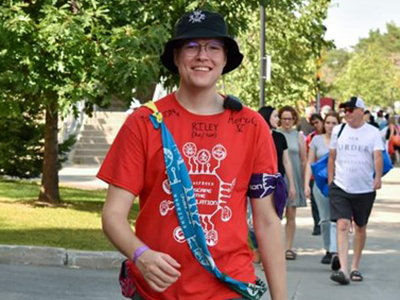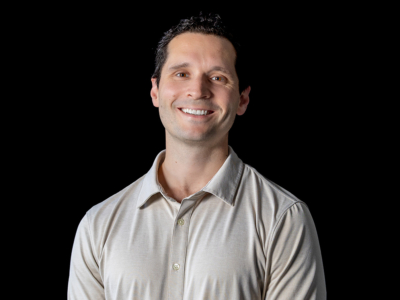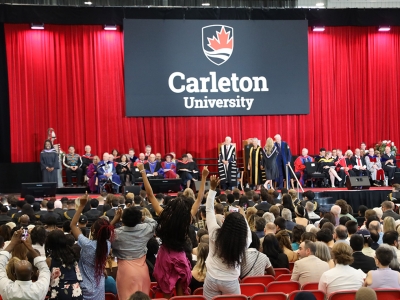By Susan Hickman | Carleton Now
A group of four undergraduate industrial design students are crediting their final-year project, which had them visiting “end users” in Africa, with going beyond their expectations.
The four worked in close collaboration with local stakeholders in Kasese, Uganda, to improve the design of products such as a hand-operated tricycle for the disabled in rural Uganda.
“When we started, we had a lot of assumptions and our heads were filled with questions,” says student Ruby Hadley. “Sending a drawing to Uganda and then seeing it as a reality when I arrived and being able to work with the manufacturer (welder and artisan Kio Muikiika), was a learning experience so much more than I expected.”
The Design Innovation for Disability in Kasese project, funded by a $50,000 grant from the International Development Research Centre (IDRC), brought together the students, their instructor Stephen Field, Bjarki Hallgrimsson, acting director of the School of Industrial Design, Navin Parekh of CanUgan Disability Support Project, Carleton’s READ Initiative (Research, Education, Accessibility and Design), and experts with experience in design and disability for low-income communities and developing countries, specifically Noel Wilson of Catapult Design and Aaron Wieler of Whirlwind Wheelchairs.
“There’s a movement in the design field called ‘Design for the Other 90 Per Cent,’” says project leader Hallgrimsson, who saw the opportunity to work with Parekh and the Kasese District Union of Persons with Disabilities (KADUPEDI).
“We applied for funding from IDRC and approached Stephen Field with the idea for a fourth-year project. Then we brought in the experts (Wilson and Wieler) to gain insight.”
It was important, Hallgrimsson stresses, that the end users of the products be involved in the design process, and so he and Field, the students and Parekh made the trek to Uganda in February.
Encountering the manufacturers and users of her design who were “half a world away” was “something very real and new” for student Alyssa Wongkee, who started to work on improvements for the existing design on the computer (CAD).
Carmen Liu, who designed a maize mill for Ugandans who earn their living grinding nuts and maize, found it challenging to design outside her comfort zone. “I definitely sharpened my skill of working and communicating with people from different cultures, backgrounds and needs. I like the idea of designing in a new way. It has widened my scope.”
The students went straight to work in his first week of school by building a full-scale prototype using a quarter-scale model of Kio’s design. To better understand the issues of the eventual users, Andrew Theobald bound his legs and initiated a coffee-selling business pedalling around the campus on a prototype tricycle.
“Going to Uganda was eye-opening,” says Theobald. “It was so different from what I expected. I fell in love with the country. I saw so many opportunities for someone in our profession, not only to design as a humanitarian effort, but for the many needs that can be solved through the application of design.”
KADUPEDI co-ordinator Balouku Peter, who visited Carleton’s campus at the end of April, points out that the students’ designs are “improving the economy of the people. The minority tend to be left out and sometimes things are done for us, but they’re not the way we need them done. Working directly with the people has made a lot of difference.”
The students returned from Uganda with a new understanding, says Field. “It’s been a huge learning curve and an incredible learning opportunity. What these four have started is going to be a hard act to follow.”
READ director Dean Mellway explains the concept of the initiative “is to build Carleton’s leadership in the disability area, and demonstrate that we have an expertise and are willing to collaborate.”
Hallgrimsson adds, “Our biggest challenge will be making the project sustainable on a year-to-year basis. We have really set something in motion. What the students did blew me away.”



